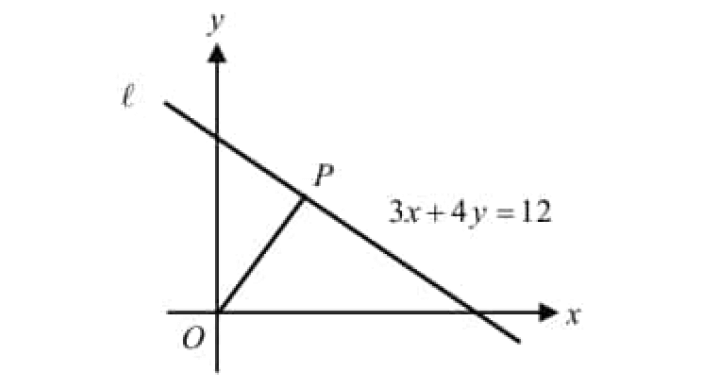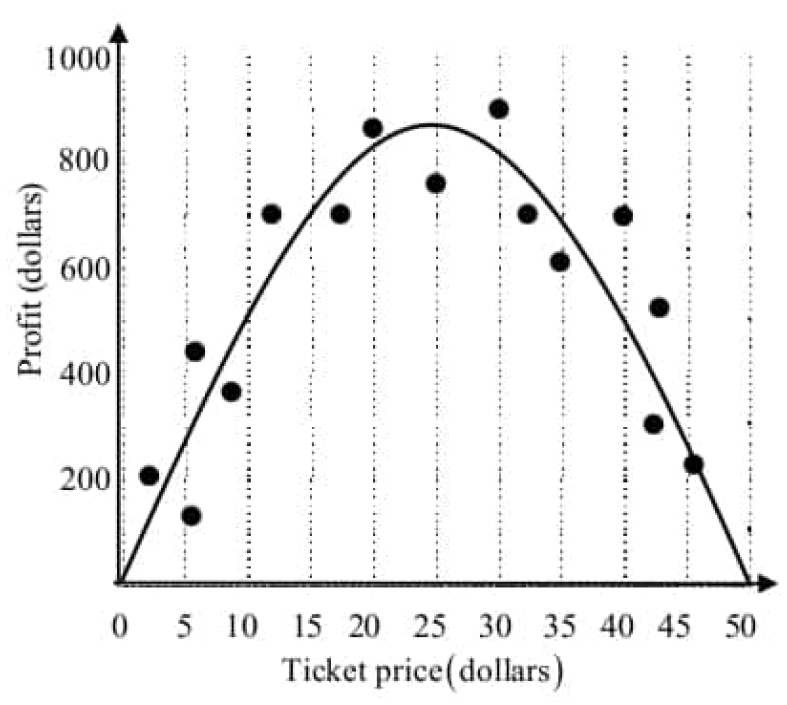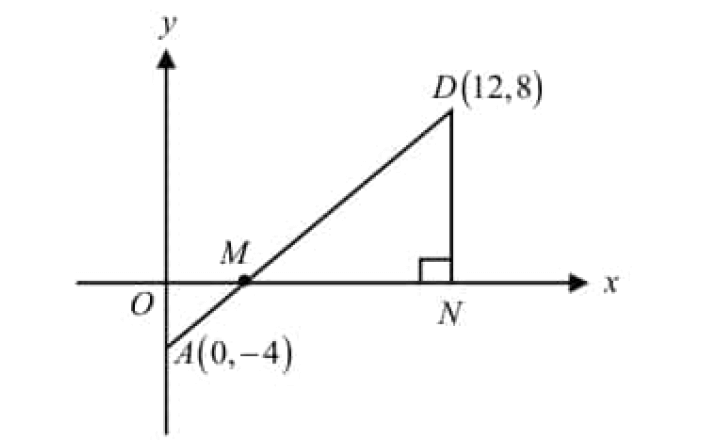APPLICATIONS OF GEOMETRIC SEQUENCES
Geometric sequences can be used to model any process where something tends to change by a constant factor.
Often this will be expressed in terms of a percentage change.
An increase of r% is equivalent to multiplying by the factor
1 + r/100
A decrease of r% is equivalent to multiplying by the factor
1 - r/100
Example 1 :
A model predicts that the number of students taking the IB in a region will increase by 5% each year. If the number of IB students in the region is currently 12000, predict the number taking the IB in 5 years’ time.
Solution :
Number of IB students in the region after
1 year : 12000 ⋅ 1.05
2 years : 12000 ⋅ 1.052
3 years : 12000 ⋅ 1.053
This is a geometric sequence with
a1 = 12000 ⋅ 1.05 and r = 1.05
Use the formula an = a1rn-1 to predict the number of students taking the IB in 5 years’ time.
a5 = 12000 ⋅ 1.05 ⋅ 1.055 - 1
= 12000 ⋅ 1.05 ⋅ 1.054
= 12000 ⋅ 1.055
≈ 15315
Example 2 :
The number of rabbits in a certain population doubles every month. If the population starts with 12 rabbits, what will the population of rabbits be 10 months from now?
Solution :
The population of rabbits after
1 month = 12(2)
2 months = 12(2)2
3 months = 12(2)3
This is a geometric sequence with a1 = 12(2) and r = 2.
Use the formula an = a1rn-1 to find the population of rabbits 10 months from now
a10 = 12(2)(2)10 - 1
= 12(2)(2)9
= 12(2)10
= 12(1024)
= 12,288
Example 3 :
The half of carbon-14 decays approximately in 6000 years. How much of 800 grams of this substance will remain after 30,000 years?
Solution :
One unit of time = 6000 years.
Amount of carbon-14 will remain after
1 unit of time : 800(0.5)
2 units of time : 800(0.5)2
3 units of time : 800(0.5)3
This is a geometric sequence with a1 = 800(0.5) and r = 0.5.
30,000 years : 30000/6000 = 5 units of time.
Use the formula an = a1rn-1 to find the amount of carbon-14 will remain after 30,000 years (5 units of time).
a5 = 800(0.5)(0.5)5 - 1
= 800(0.5)(0.5)4
= 800(0.5)5
= 25 grams
Example 4 :
The present value of a machine is $40,000 and its value depreciates each year by 10%. Find the estimated value of the machine in the 6th year.
Solution :
Value of machine in the
1st year : 40000
2nd year : 40000 ⋅ 0.9
3rd year : 40000 ⋅ 0.92
This is a geometric sequence with
a1 = 4000 and r = 0.9
Use the formula an = a1rn-1 the estimated value of the machine in the 6th year.
a6 = 40000 ⋅ 0.96 - 1
= 40000 ⋅ 0.95
= $23,619.60
Example 5 :
Jake is generally selfish and somewhat unpopular at school. HE decided that he could improve his image by sharing his candy with people at school. When he has a pile of 1, 048, 576 candies, he generously plans to give away 75% of the candies that in the pile each day. Although Jake may be earning more candies for doing his homework, he is only giving away candies from the pile that started with 1, 048, 576.
a) How many candies will be in the pile after 8 days giving candy away ?
Solution :
Number of candies initially = 1, 048, 576
Number of candies after 1 day = 0.25% of 1048576
= 262144
Number of candies after second day = 0.25% of 262144
= 65536
1048576, 262144, 65536, ..............
First term = 262144, common ratio = 0.25
an = arn-1
When n = 8
a)
a8 = 262144(0.25)8-1
= 262144(0.25)7
= 262144(0.0000610)
= 16 candies
Example 6 :
A geometric series has a sum of 1365. Each term increases by a factor of 4. If there are 6 terms, find the value of the first term.
Solution :
Sn = 1365
Common difference = 4
Number of terms = 6
Then, S6 = 1365
Sn = a(rn - 1)/(r - 1)
a(46 - 1)/(4 - 1) = 1365
a(46 - 1)/(4 - 1) = 1365
a(4096 - 1)/3 = 1365
a(4095/3) = 1365
a(1365) = 1365
a = 1365/1365
a = 1
So, the first term is 1.
Example 7 :
Clicking the zoom-out button on a mapping website doubles the side length of the square map. After how many clicks on the zoom-out button is the side length of the map 640 miles?

Solution :
a = 5, r = t2/t1
r = 10/5
r = 2
After how many clicks on the zoom out button is the side length of the map = 640 miles.
an = arn-1
640 = 5(2)n-1
640/5 = 2n-1
128 = 2n-1
27 = 2n-1
Since bases are equal, we can equate the powers.
n - 1 = 7
n = 8
So, the required number of clicks is 8.
Example 8 :
A badminton tournament begins with 128 teams. After the first round, 64 teams remain. After the second round, 32 teams remain. How many teams remain after the third, fourth, and fifth rounds?
Solution :
Number of teams at the beginning = 128
Number of teams after the first round = 64
Number of teams after the second round = 32
128, 64, 32, ..............
a = 128
r = 64/128
r = 1/2
an = arn-1
Number of teams after the third round :
a4 = 128(1/2)4-1
= 128 (1/8)
= 16
Number of teams after the fourth round :
a5 = 128(1/2)5-1
= 128 (1/16)
= 8
Number of teams after the fifth round :
a6 = 128(1/2)6-1
= 128 (1/32)
= 4
Kindly mail your feedback to v4formath@gmail.com
We always appreciate your feedback.
©All rights reserved. onlinemath4all.com
Recent Articles
-
Digital SAT Math Problems and Solutions (Part 240)
Aug 02, 25 02:42 AM
Digital SAT Math Problems and Solutions (Part 240) -
Digital SAT Math Problems and Solutions (Part - 239)
Aug 01, 25 08:37 PM
Digital SAT Math Problems and Solutions (Part - 239) -
Digital SAT Math Problems and Solutions (Part - 238)
Aug 01, 25 06:10 AM
Digital SAT Math Problems and Solutions (Part - 238)


